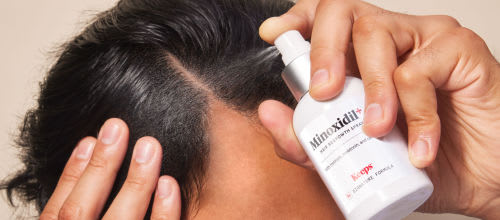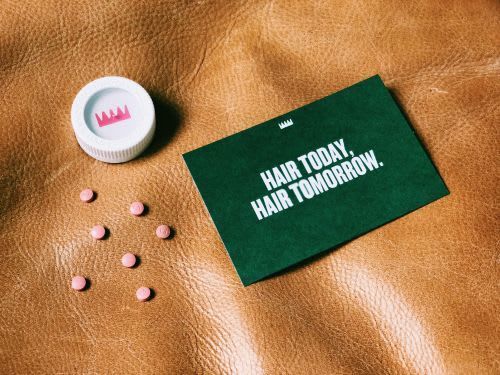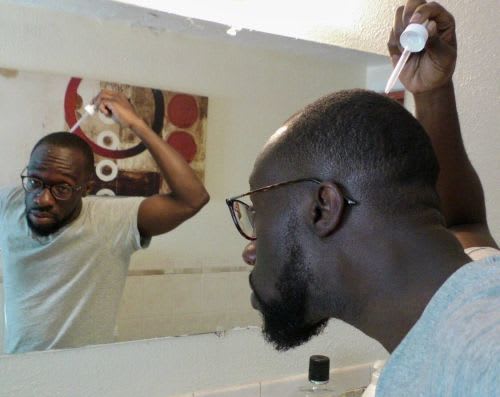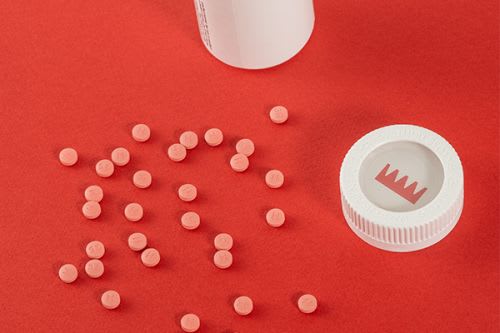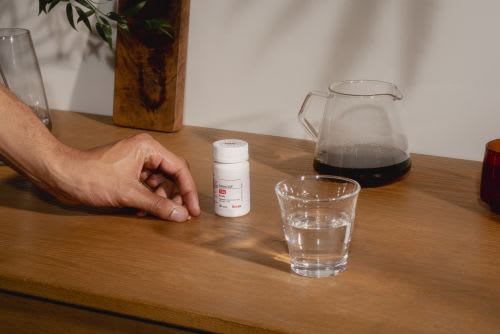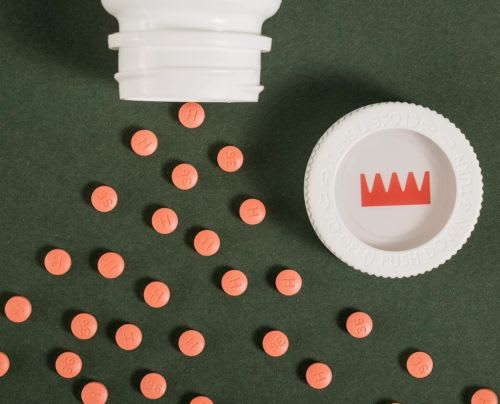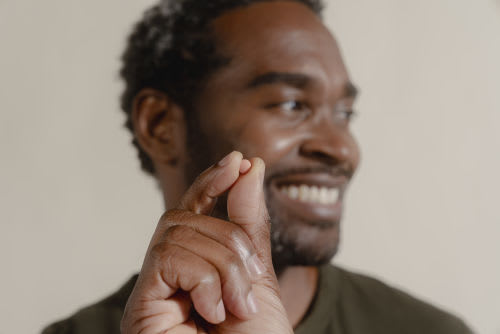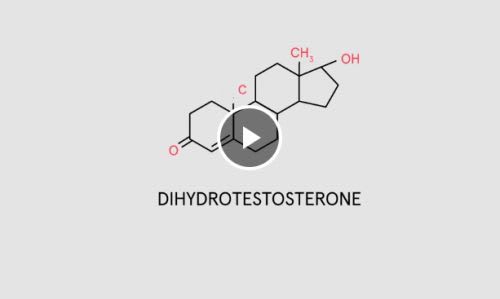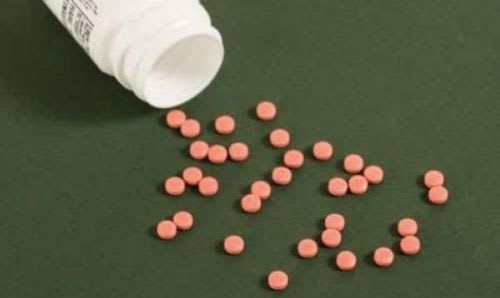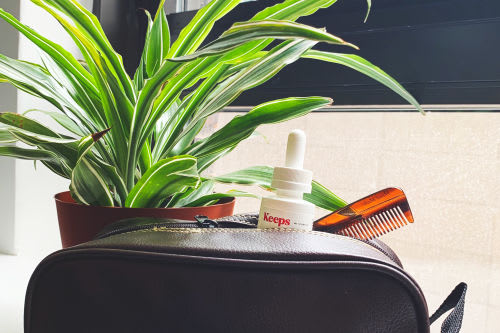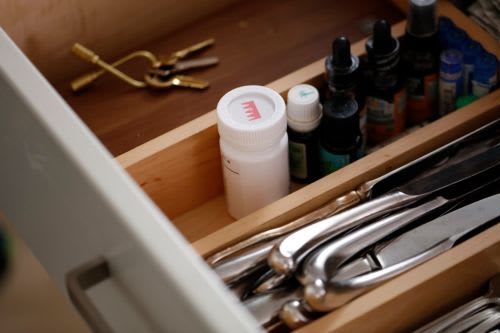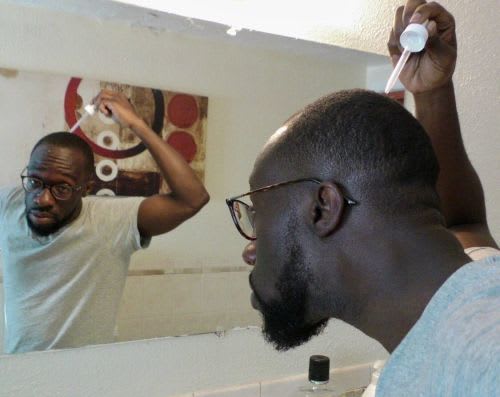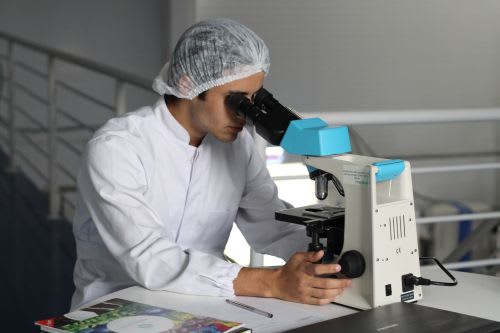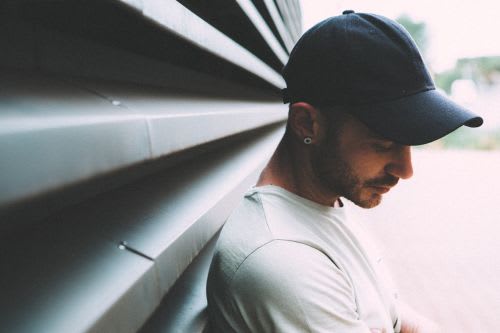Hair Loss Treatments
Keeps Minoxidil+ Hair Regrowth Spray: Uses, Side Effects, and More
Trying to find the best way to address your hair loss? Meet Minoxidil+ Hair Regrowth Spray: Keeps’ FIRST ever 4-in-1 topical spray, made with a combo of minoxidil and other clinically-backed ingredients.
Finasteride vs. Minoxidil: What’s Right for Me?
Finasteride and minoxidil are two FDA-approved solutions to treat male pattern baldness. Find out how each one works, how they differ, and which one you should use.
How to Buy Finasteride for Hair Loss
Find out how finasteride (best known by its trade names, Propecia and Proscar) combats male pattern baldness, stops hair loss, and promotes hair growth.
How to Buy Minoxidil for Hair Loss
Find out how minoxidil (best known by its trade name, Rogaine) combats male pattern baldness, stops hair loss, and promotes hair growth.
How Long Before Minoxidil Starts Working?
Minoxidil helps stop hair loss and grow new hair. If you apply it twice daily, you typically will see an improvement in hair loss as early as four to six months.
How Long Before Finasteride Starts Working?
Finasteride helps stop hair loss and grow new hair. If you take it daily, you could start to see an improvement in hair loss as early as four to six months.
How Do You Take Finasteride?
Finasteride is an oral tablet that, when taken once daily, can prevent and treat male pattern baldness. Find out how to use this revolutionary medicine.
Are Hair Loss Treatments Effective?
There are lots of solutions claiming to cure hair loss, but there are only two FDA-approved treatments that are proven to be effective: minoxidil and finasteride.
How to Use Your Finasteride
Finasteride is an FDA-approved prescription tablet that has been clinically proven to prevent the spread of receding hairlines and boost hair regrowth. Watch our tips for maximizing effectiveness of this medication.
What Are the Side Effects of Finasteride?
Curious about finasteride side effects? Learn more from Dr. Jerry Shapiro, world-renowned hair loss expert on potential side effects.
How Does Minoxidil Work?
Minoxidil is a topical solution that you apply to the scalp twice daily to treat hair loss. Minoxidil helps regrow hair by stimulating the hair follicle to grow. Learn more from Dr. Jerry Shapiro, world-renowned hair loss expert.
How Does Finasteride Work?
Finasteride is an FDA-approved prescription tablet used to treat male pattern baldness in men only. Learn more from Dr. Jerry Shapiro, world-renowned hair loss expert on potential side effects.
What Happens if I Stop Taking Finasteride?
Finasteride is a prescription medication clinically proven to prevent male pattern baldness. But what happens if you stop taking finasteride?
4 Easy Ways to Remember to Take Your Hair Loss Treatment
Struggling to remember to take your finasteride every day? How about applying your minoxidil? Building new habits is hard. These tips make it easier.
Watch Real Before & After Videos from Keeps Customers
We’re not just telling you that Keeps hair loss treatments can work, but showing you a few real life before-and-after videos from our customers.
Tell Me More: What's the Difference Between Finasteride 1mg and Finasteride 5mg?
More is better, right? Well, that's not always the case, especially when it comes to finasteride.
8 Research-Backed Remedies for Stronger, Healthier Hair
Nope, they won't stop your hair loss — but they will help the hair you have look healthier and fuller.
6 Hair Styling Tips for Guys Using Minoxidil
Using minoxidil (generic Rogaine®) to treat your hair loss? Hair loss expert Antonella Tosti shared five simple hair styling tips to keep in mind while using the product.
This Is How PRP Works to Stop Hair Loss
Here's everything you need to know about PRP (platelet-rich plasma) and how it works to stop hair loss.
Everything You Should Know About Ketoconazole Shampoo
Here's everything you need to know about using ketoconazole shampoo to treat an itchy scalp or dandruff.
How to Use Minoxidil Foam
Wondering how to apply minoxidil foam? Read our tips to get the best results from this hair loss treatment.
How to Use Minoxidil Solution
Minoxidil is very easy to apply. Read this to find out how to put the topical solution onto your scalp to prevent male pattern baldness.
The Interesting Hair Loss Research You Should Know About
Read this for all the latest breakthroughs in the world of hair loss research, including lasers, stem cells, and 3D printing (seriously).
This Is How Hair Transplants Actually Work
Wondering how hair transplants actually work, and if they’re a good option for treating your hair loss? Wonder no more. We’ve got all the answers you need.
Watch all the Best Keeps Commercials
We don't normally like to pat ourselves on the back, but these are worth watching again and again.
Here’s the Truth About Post-Finasteride Syndrome
Worried about the long-term effects of using finasteride? Let's break down the facts about post-finasteride syndrome.
Are Natural DHT Blockers like Green Tea and Caffeine Effective?
Plenty of natural remedies are promoted online as medication-free DHT blockers, but do any of them actually work? We'll tell you what the studies say.
Yes, It's Normal to Lose More Hair When You Start Minoxidil
Nothing's more frustrating than starting a hair loss treatment only to see even more of your hair falling out. But there's a good reason to stick it out—initial shedding is actually a sign that minoxidil's working.
The Science Behind Ketoconazole Shampoo and Hair Loss
Did you know that many experts recommend ketoconazole shampoo for hair loss? See the clinical evidence that says medicated shampoo really can help.
Yes, Laser Helmets Are a Real Hair Loss Treatment
It's not science fiction—lasers really can help treat your hair loss, but not so well that you should pin all your hopes on them.
Can Dermarolling Help With Hair Loss? We Did the Research for You
Ever considered using hundreds of tiny needles to treat your hair loss? Microneedling can boost regrowth, but it comes with some risks.
Benefits of Castor Oil & Hair
Castor oil is well-known for its plethora of benefits. But is there scientific evidence that castor oil supports hair growth?
How Topical Finasteride Works
From how it works to the benefits and potential side effects, here’s everything you need to know about topical finasteride.
Everything You Need to Know About Compounded Hair Loss Treatments
Have you ever considered a two-in-one topical finasteride and minoxidil formula to treat hair loss? Here’s everything you need to know about this compounded hair loss treatment.
5 Things to Know About PRP Hair Injections
Have questions about platelet rich plasma injections? Learn more about PRP hair injections from the hair loss experts at Keeps.
